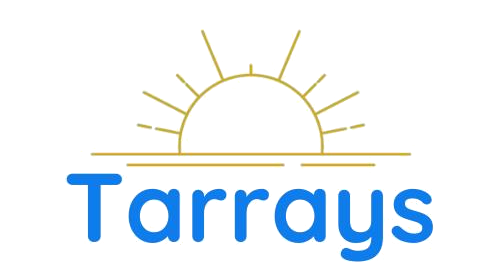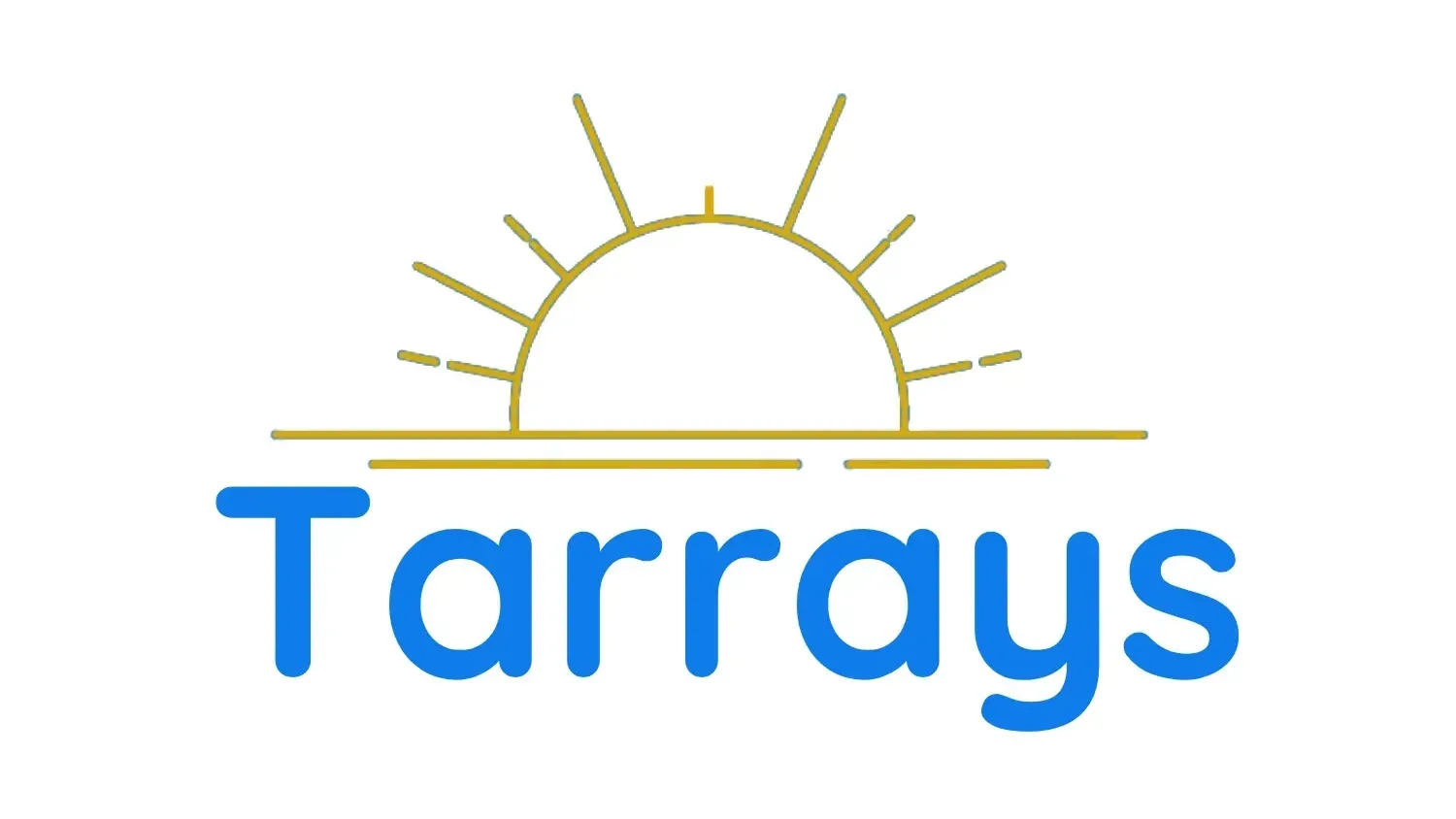Beyond Recruitment: Strategies for Retaining Healthcare Professionals in Rural NSW
Beyond Recruitment: Strategies for Retaining Healthcare Professionals in Rural NSW
In today’s rapidly evolving healthcare landscape, the challenge of rural NSW healthcare workforce retention has never been more critical. We understand that the issues surrounding this topic are vast and complex, ranging from the recruitment of skilled professionals to the provision of continuous support and development opportunities. It’s imperative that we address these challenges head-on, not only to ensure the provision of high-quality healthcare services to rural communities but also to build a sustainable healthcare system that can thrive in the face of future demands. This calls for a strategic approach that goes beyond traditional recruitment methods and embraces comprehensive support and innovation.
In this article, we will explore a range of strategies for retaining healthcare staff in rural NSW, understanding the unique challenges faced by these professionals and the innovative solutions that can be employed to overcome them. We will delve into tailored recruitment strategies that attract the right talent, comprehensive support systems that ensure their retention, and the role of technology in bridging the gap between rural and urban healthcare services. Through a combination of these approaches, we aim to shed light on effective methods for building a resilient healthcare workforce that is capable of meeting the needs of rural NSW communities.
Understanding the Unique Challenges Faced by Healthcare Professionals in Rural NSW
Geographical Isolation and Its Impact
In rural NSW, healthcare professionals often face significant challenges due to geographical isolation. This isolation can limit their access to educational activities and qualified instructors, as highlighted by the difficulties in participating in continuing professional development (CPD). The geographic, historical, sociocultural, and economic factors intertwine complexly, affecting their ability to stay updated with medical advancements. Such isolation not only hinders professional growth but also impacts the quality of healthcare that can be provided to the community.
Limited Access to Resources and Professional Development
Healthcare workers in rural settings report several barriers to accessing CPD. These include communication issues, time constraints, and isolated profession-based educational practices. Educational inequities further exacerbate these challenges, with healthcare professionals in rural hospitals often having to rely on outdated books, inquiries to colleagues, or internet searches on mobile devices for information. The scarcity of training activities and exclusion from courses typically available in larger, urban hospitals highlight a significant gap in the support system for rural healthcare professionals.
The Psychological Toll of Being 'Always on Duty'
The constant demand to be 'always on duty' takes a considerable psychological toll on healthcare workers in rural areas. They are frequently the only available health professionals in their regions, which requires them to act as generalists across various medical disciplines. This ongoing pressure, coupled with the lack of anonymity and blurred professional boundaries, can lead to burnout and stress. Moreover, the absence of peer support and the challenges in maintaining a private life while being a community's primary, and sometimes only, medical resource further contribute to the mental strain experienced by these professionals.
Innovative Recruitment Strategies
In our ongoing efforts to enhance rural NSW healthcare workforce retention, we've implemented several innovative recruitment strategies. These strategies are designed to attract and retain skilled healthcare professionals in rural areas, focusing on creating sustainable healthcare environments.
Rural Preferential Recruitment Program for Junior Doctors
The Rural Preferential Recruitment (RPR) program is a merit-based initiative aimed at final year medical students who are committed to working in rural settings. This structured program includes a two-step application process that ensures candidates are well-suited for the challenges and opportunities in rural healthcare. Successful applicants receive prioritised placement in rural hospitals, where they can make significant contributions to community health.
Scholarship Programs for Medical Students Committed to Rural Practice
We offer various scholarships to support medical students who demonstrate a commitment to rural healthcare. These include the NSW Rural Resident Medical Officer Cadetship for Indigenous Medical Students, which provides substantial financial assistance and support to Aboriginal medical students. This initiative not only increases the number of Aboriginal doctors in rural NSW but also ensures they are equipped to meet the unique health needs of these communities.
Targeted Approaches for Aboriginal Healthcare Workers Recruitment
Recognising the critical role of culturally competent care, we've developed targeted recruitment pathways for Aboriginal healthcare workers. These pathways aim to increase the representation of Aboriginal professionals in our healthcare system, thereby enhancing the cultural safety of the services we provide. Programs like the Aboriginal Medical Workforce Recruitment Pathway offer a seamless transition from medical school to prevocational training, focusing on building capacity and ensuring that Aboriginal doctors can thrive in their roles.
By implementing these strategies, we aim to build a resilient and culturally competent healthcare workforce that can effectively respond to the needs of rural NSW communities.
Comprehensive Support Systems for Retention
Professional Development and Upskilling Opportunities
We recognise the importance of continuous professional development and upskilling to retain healthcare professionals in rural NSW. Initiatives such as the Rural Postgraduate Student Midwifery Scholarships provide significant support by offering financial assistance to those pursuing further qualifications. This not only aids in their personal growth but also ensures that our rural healthcare services are delivered by highly skilled professionals. Additionally, the Health Workforce Scholarships Program offers up to $10,000 per year for professional development, covering course fees and related travel expenses, thus removing financial barriers to further education.
Ensuring Work-Life Balance and Mental Health Support
Maintaining a healthy work-life balance is crucial for the mental well-being of healthcare workers. Programs like the Rural and Remote Midwifery Reconnect Program support this balance by allowing midwives to enhance their skills and receive mentoring without the stress of relocation, as their travel and accommodation are comprehensively covered. Moreover, the Sister Alison Bush Mobile Simulation Centre provides on-site training and education, reducing the need for staff to travel extensively for professional development, thereby supporting mental health through reduced work-related stress.
Creating a Sense of Community Among Healthcare Professionals
To combat the isolation often felt in rural settings, we foster a sense of community among healthcare professionals through various programs. The Metro-Rural Exchange Program, for example, allows new graduates to experience work environments in both rural and metropolitan areas, promoting a greater understanding and connection between different healthcare settings. Furthermore, the Collaborative Care Program encourages community-led health service models, which enhances the integration of healthcare professionals into the community, making them feel a valued part of the local healthcare ecosystem.
By implementing these comprehensive support systems, we aim to not only retain but also empower the healthcare workforce in rural NSW, ensuring they feel supported, valued, and connected.
Leveraging Technology to Overcome Rural Healthcare Hurdles
Telehealth Services to Bridge the Geographical Gap
Telehealth has proven to be an indispensable tool in mitigating the challenges posed by the geographical isolation of rural NSW. It facilitates timely and efficient healthcare delivery near patients' residences, significantly reducing travel times and associated stress. This technological advancement not only enhances the accessibility of care but also ensures that patients can receive support while staying close to their families and local communities. Additionally, telehealth provides rural clinicians with swift access to specialist opinions and advice, crucial for managing emergency situations and unplanned patient presentations effectively.
Online Training and Development Programs
The integration of technology into education for rural healthcare professionals has opened up avenues for continuous learning and professional development without the need for physical relocation. Through platforms offering remote education and training, healthcare staff can access a diverse range of courses and materials on-site. This approach not only keeps rural healthcare providers up-to-date with the latest medical practices and technologies but also supports their career progression and enhances their ability to deliver quality care.
Enhanced Connectivity for Remote Patient Management
The introduction of the VC-RPM Program exemplifies the strategic use of technology to support remote patient management. This program enables healthcare professionals to monitor and care for patients virtually, thereby reducing the necessity for hospital visits and allowing for efficient management of patient health. The VC-RPM Program includes a clinician portal and a patient application that facilitates the virtual delivery of clinical care. Patients are provided with a personalised kit containing devices like blood pressure monitors and glucose meters, which transmit real-time data to their healthcare team. This setup not only optimises the management of chronic conditions but also ensures prompt intervention if a patient's health starts to deteriorate, thereby improving overall patient outcomes and reducing hospital admissions.
By leveraging these technologies, we are not only addressing the immediate healthcare needs of rural communities but also building a more resilient and sustainable healthcare system in rural NSW. Through continued investment and innovation in technology, we can further enhance the quality and accessibility of healthcare services, ensuring equitable health outcomes for all residents in these areas.
Conclusion
The exploration of strategies for retaining healthcare professionals in rural NSW has underscored the necessity of a multifaceted approach, encompassing innovative recruitment techniques, comprehensive support systems, and the strategic use of technology. By addressing the unique challenges faced by healthcare workers in these areas, including geographical isolation and limited access to professional development, we have highlighted the critical importance of creating a supportive and sustainable environment. This environment not only attracts but also retains skilled professionals, ensuring the provision of high-quality healthcare services to rural communities.
As we move forward, it's imperative to continue the dialogue and action on enhancing the rural healthcare workforce through further research and implementation of targeted strategies. The implications of these efforts extend beyond the immediate benefit to healthcare professionals and rural communities, contributing to the broader goal of ensuring equitable healthcare access across NSW. By fostering a healthcare system that is resilient, culturally competent, and responsive to the needs of all communities, we pave the way for a healthier, more inclusive future.












